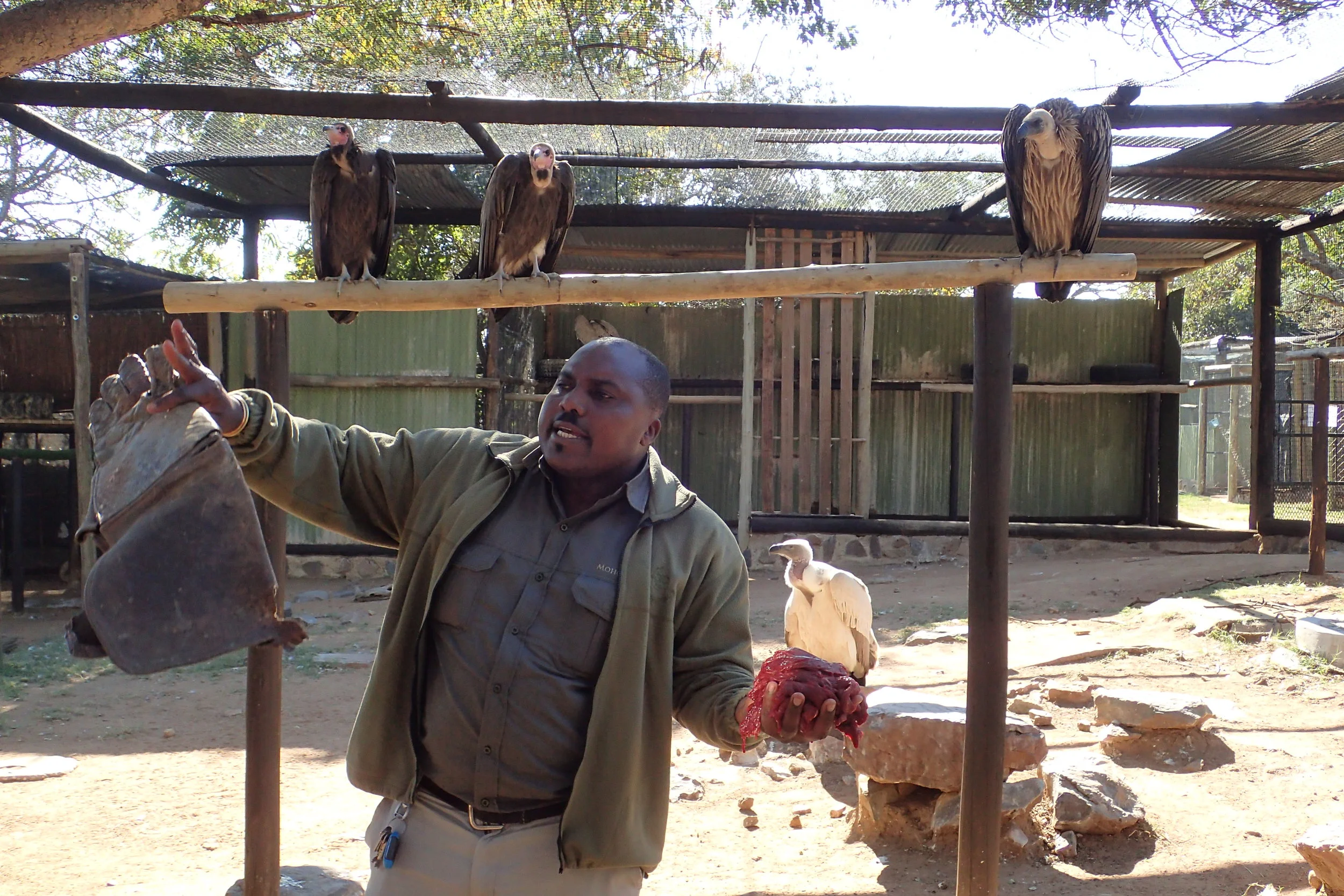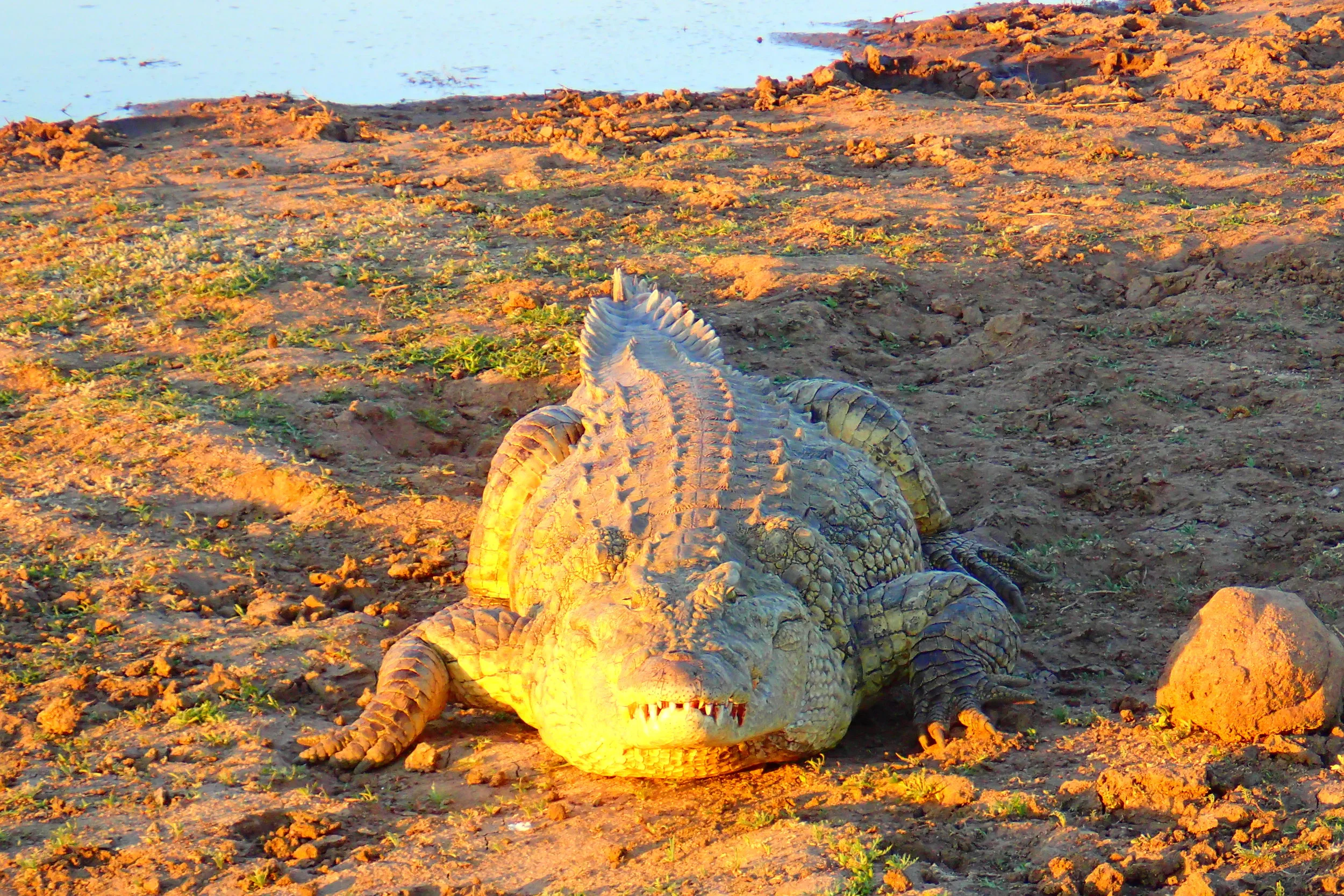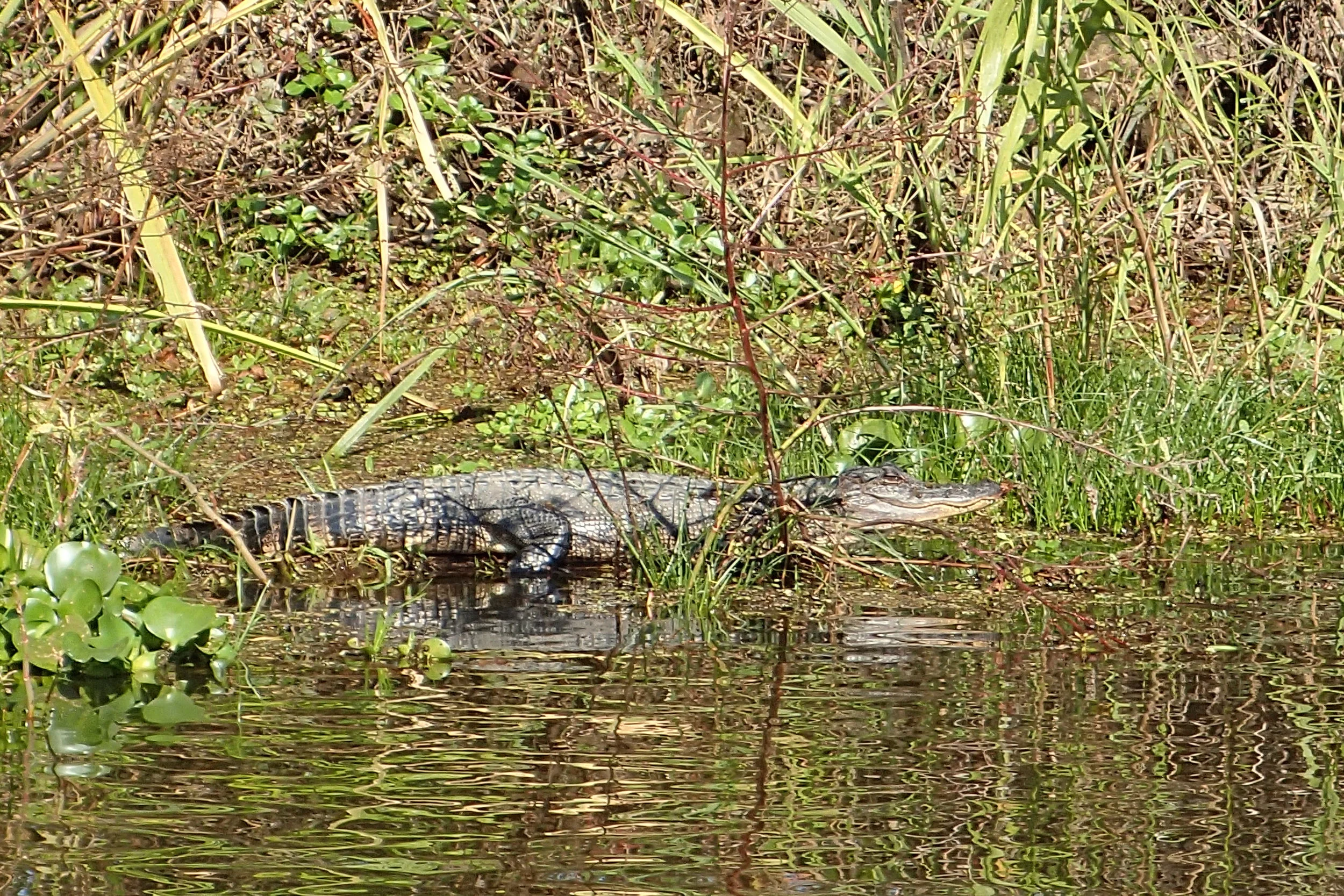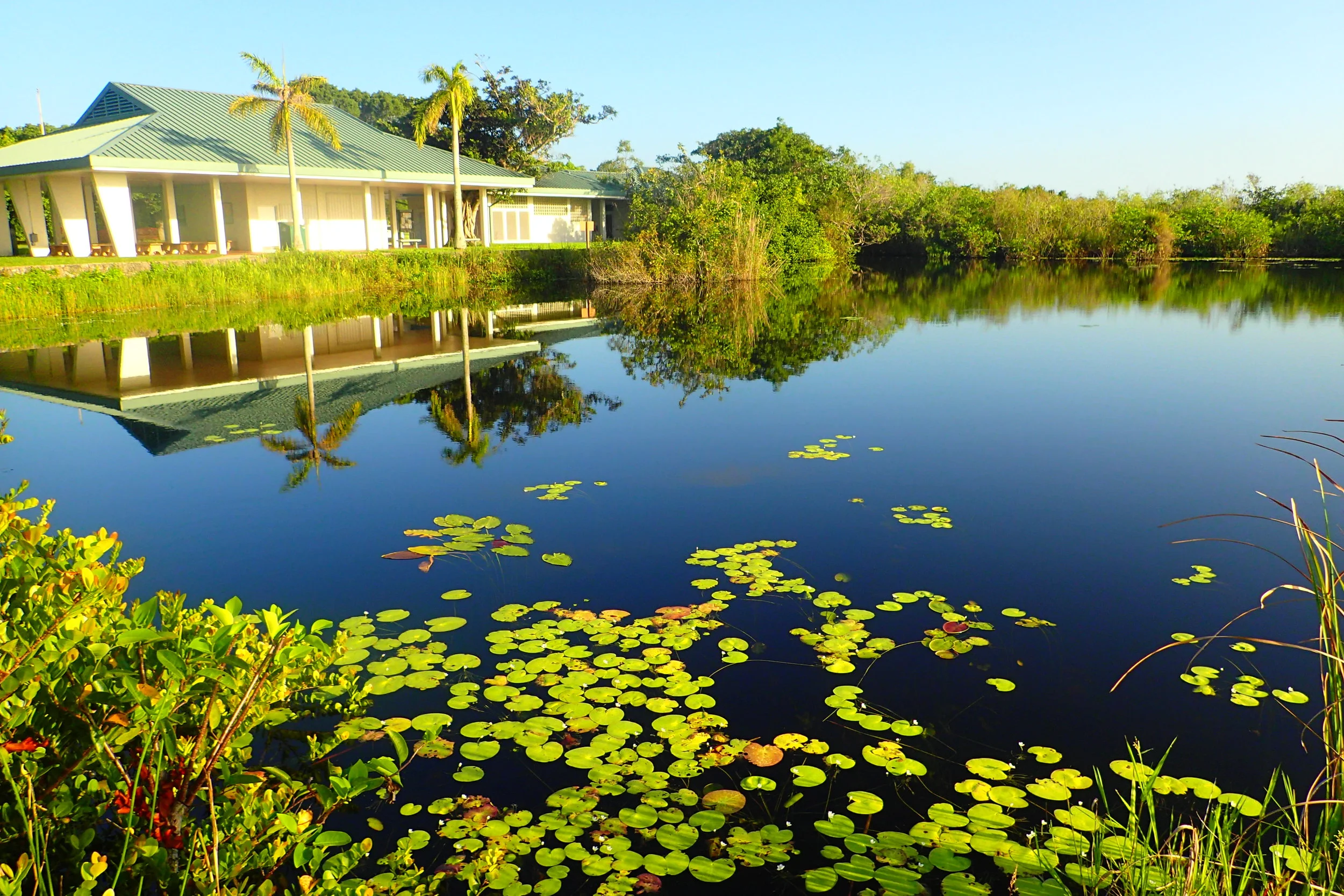On day 4 of my African safari tour, I found myself bursting into tears and walking out of the Moholoholo Wildlife Rehabilitation Centre. What upset me? It was a culmination of unethical animal practices that I saw, ending with the enslavement of cheetahs.
Yes, I said enslavement, and I'll tell you why I use that word in this post.
I have been very vocal on this blog about animal tourism around the world. There’s a lot that goes on that we don’t know about until we actually go there and see it. My hope is that this post sheds a bit of light on what is going on in South Africa, even at the best of the options among the various tourist attractions that exist.
Moholoholo does a lot of good for endangered African species. But, in my opinion, it has improvements to make. Either way, you can take in the information I provide and decide for yourself what’s right for you when you visit South Africa.
UPDATE 2/20/2024: Thanks to a commenter who alerted me and verified on Moholoholo’s own website, they have been following standards set by the STATSA Captive Wildlife standards since April 2019. While I cannot verify this in person, I definitely encourage folks to investigate further by asking questions in advance and visiting the facility if you have the opportunity to. It’s definitely a relief to hear! This post will remain here as a part of my experience in Africa and as an example of how vocalization of unethical animal tourism can add to advocacy efforts that will provoke change.
It Started With Vulture Photos
Ya'll know I am really critical of forced or manipulated animal interactions.
For a full run-down of why, you can read my post about my visit to the Monkey Forest in Ubud. There, I had a wonderful, authentic encounter with a young, female macaque simply by sitting quietly for a while by myself. Meanwhile, others used bananas to entice the monkeys. Some also set up for photos with them through a worker who punished "bad" monkeys by pelting them with small rocks/pieces of food.
Can you hear me still smacking my face into my hand? Anyway, the first scene the tour group was brought to at Moholoholo was not much different.
After a brief introduction and video about human-animal interactions and the dwindling environment across Africa, we were brought to a cage with endangered vultures.
Now, I don't remember the situation of these vultures—if they were bred in captivity or not. But I do know they get a lot of them that are injured mostly as a result of poisoning by humans. I also know that they are successfully released back into the wild if they recover well enough. The ones who don't become "ambassadors" for their species to educate the public.
That said, why do we have to antagonize them with a fist full of raw meat?
I asked and was told this is elephant meat from trophy hunting. I don’t know the goal behind the trophy hunting in this case but sometimes trophy hunting is actually environmentally strategic for conservation of species.
Decide for yourself if you think it’s ethical for a rehabilitation and education centre to purchase elephant meat to feed to its vultures. I just know I wanted no part of it without the full story on where the meat was from and why.*
*NOTE: On March 17, 2019, after the original publishing of this article, I was contacted by the manager at Moholoholo who explained to me that:
“[Moholoholo] will accept any venison meat we can get, which is a natural food for our animals and much better than half rotten beef that eventually ends up here filled with antibiotics and which we pay a heavy price for.“ —Brian Jones
You be the judge.
The guide brought us into the cage and stood there with the raw meat in his hand while the vultures looked on with anticipation. He held it and waved it around as its juices dripped down his fingers. The vultures stayed in their place—unusually well-trained.
He described facts about the vultures and what happens to them in the wild. He then invited people in the tour group to come up, put a glove on, and feed the vulture a chunk of raw meat.
I opted not to participate, feeling educated enough already.
Of course, photo ops are great advertising for the facility. People post their photos to instagram and voila! The visitors do the work for you and in comes more tourists who want to have a similar experience.
If you don't agree that it's unethical to manipulate and use animals in this way (yes, the funds are ultimately used to save animals), then at least you can see that it's lazy advertising. Can't we think a bit more creatively or outside of the box here? Are we that strapped for cash and ideas that we have to put animals through anything other than what is natural to them?*
There are other organizations that don’t do this and are successful. See below for information on the Cheetah Conservation Fund!
*NOTE: Brian also defended the vulture feeding and photography practices at Moholoholo by stating:
“We do not believe these vultures are going through any stress, if so we would not do it.” —Brian Jones
Again, you be the judge.
So, Why Am I shitting On Moholoholo?
Before I get any further, let's be clear about something. This post is not meant to bring down Moholoholo Rehab Centre. It is meant to shed some light on certain aspects of its practices that are ethically questionable or concerning to me—particularly it's cheetah breeding program.
Moholoholo's reputation in comparison to many other rehab facilities in the area is why I decided to give Moholoholo a chance. After walking out of their facility, many of the Viva Safari tour guides explained to me that the other options are abysmal. Many of the rehab centres around Kruger park do terrible things to their animals and only focus on profit. They do not focus on rehabilitation and conservation, as Moholoholo does.
However, this should not mean we don't still hold Moholoholo to a high standard of ethics. Moholoholo Rehab Centre does do good work.
I just want them to do better.
What Is Moholoholo Doing Right?
To be fair, let's take look at what they do right for a second. While at the facility, Moholoholo is very careful to ensure people know they are doing good things.
Take a look at the following sign posted inside their facility:
The sign reads:
Our Aims
Create a home for orphaned, poisoned or injured animals who through their injuries will never be returned to their natural environment.
Reintroduce rehabilitated wildlife back into their natural environment.
To establish breeding facilities for our wildlife who cannot be reintroduced back into the wild.
To work hand in hand with any other conservation bodies who's [sic] objectives are totally for conservation.
Through our educational programmes we would like to stress how sensitive our eco system is and how fast it is deminishing [sic].
And then they list all the different animals and birds they have rehabilitated and released back to the wild.
Bravo!
Now. Note that the list does not include cheetahs. They would likely say this is because of the difficulty in reintroducing them to the wild.
Hence, number 3 on their list focuses on their breeding program for animals that cannot be reintroduced. Of course, if not reading things critically, one might assume that this means the goal of breeding is to facilitate successful release into the wild. But, as I found out later on in the tour, eventual release is not the goal when breeding the cheetahs.
Why Breed Animals If They Cannot Return To The Wild?
Moholoholo's reason to breed animals is to educate and make profit. For the facility to make money (to pay the workers, to run the facility, to support the other animals), they must bring in tourists who demand seeing the highly popular animals that they breed—namely the cheetah.
Of course, this high demand is what feeds their logic. It's simple economics. If tourists didn't demand seeing cheetahs, there would be no need to supply it. So we can blame the tourists and excuse Moholoholo of their ethical responsibility here, right?
I don't think so. Moholoholo has to take at least some of the responsibility.
Let me explain why, using some of the Moholoholo tour guide's own words.
Cheetah Breeding In Moholoholo's Words
Our guide led us out of the vulture enclosure and walked the group toward the cheetah enclosure. My heart was already racing, anticipating what was to come. This was already so different from my experience at the Cheetah Conservation Fund (CCF) in northern Namibia. There, I learned what ethical treatment of cheetahs actually looks like.
This is a photo I took of wild cheetahs that were rehabilitated but are unable to be released at the Cheetah Conservation Fund in Nambia. They were in this holding pen before being released for exercise into a much larger area.
As we walked over, the guide explained that the cheetahs are bred there at the facility. But they are not bred to be released into the wild. In fact, survival for a born-in-captivity cheetah would be nearly impossible since cheetahs need to be taught by a wild mother in the wild how to hunt in order to survive. So breeding in captivity is never done with the goal of release and should not be done once breeding occurs.
Cheetahs in captivity should be kept separated by gender or should be fixed by trained veterinarians to prevent breeding.
The cheetahs at Moholoholo—the ones we were about to interact with—were 5 generations bred in captivity to be "ambassadors" for their species. We walked through the gate and stood in front of a covered table. Behind the guide and his assistant, a cheetah began pacing back and forth, as if understanding exactly what was coming next.
As I learned at CCF, cheetahs are highly ritualistic. They form easy habits and will perform those habits without fail so long as all is the same. In other words, cheetahs born in captivity will easily fall into the roles they were bred for.
The tour guide explained it in exactly this way: He said, they are ambassadors for their species who "perform" their "work" in order to educate people and save the cheetah. He also explained they currently have 2 cubs being “groomed” for tourist visits and 2 males in “retirement.”
Just in case anyone saw a problem with this, he ensured us that the cheetahs at Moholoholo experience a "5-star life." He reminded us of this repeatedly.
The guide then explained that he was going to release the cheetah to come up onto the table for a closer look. He also explained that there would be an opportunity to take photos and pet the cheetah.
My Words For The Cheetah Breeding At Moholoholo: Slavery
My heart began to race. My cheeks flushed. And tears began to well up in my eyes. I couldn't stand there anymore, waiting for them to release their cheetah slave.
Cheetahs are meant to be wild cats. They cannot actively choose to "perform" the education and "work" they provide. And so, they are slaves.
I don't use the term "slave" lightly, given the history of the African people. I use it for exactly the reason that this is how animals were being treated on African land. Isn't it ironic that a country that is still dealing with the effects of apartheid has organizations that take no issue in doing this to its animals?
Using words like "work," “retirement,” "perform," and "ambassador" to describe the cheetahs role at Moholoholo suggests they had a choice in these roles. But they had no choice. They were bred into their unnatural situation.
A curious cheetah walking the fence at the Cheetah Conservation Fund in Namibia
I read online that some tourist stops around Africa that have cheetahs (regardless of how they arrive there) give the cheetahs the "choice" to educate. For instance, if the cheetah doesn't feel like sitting on top of the table that day for photos, the workers don't enforce it.
I did not stick around to see if this was true at Moholoholo. I fled the facility crying my eyes out while searching for the Viva Safaris driver.
The cheetahs are so used to humans and habituated into their "role" that they probably “perform” their duties with little protest. I didn't confirm this by staying to find out if the cheetah was given the opportunity to take a break or take a day off. From what the tourists who stayed told me later on, the cheetah stayed and people got their photos.
As an educator, I understand the reasons behind educating the public about the cheetahs plight. But education should never be at the cost of the dignity and freedom of a living being.
If the facility wants to continue educating the public about the cheetahs, there are plenty of cheetahs that are abandoned as cubs or injured so badly that they otherwise would die and cannot be released back into the wild. Those cats can be taken care of at the facility and be present for educating the public.
Also, selfies don't need to be taken with these animals to bring people in to see them. The animals can stand on their own as beautiful and intriguing enough. Just look again at the photos I captured at CCF:
In other words, there's no reason to breed the cheetahs in captivity into a life of indentured, photo-op servitude.
How Did The Tour Companies Respond To My Complaint?
So yes, I cried from feelings of great frustration, disappointment, guilt, and empathy for the cheetahs. I walked right out of the centre as soon as I fully understood what was going on there and I immediately sought out the Viva Safaris driver.
The Viva Safaris staff were very understanding and drove me back to the lodge when I requested it. Still, it was a wasted and very upsetting morning for me.
The tour company cannot control how transparent the facility is about its own ethical practices. What they can provide in the future is some clearer information before taking people to the centre. People could be given the option to opt out and substitute the centre visit for an alternative experience, like an extra game drive.
The Moholoholo visit was the only part of the list of experiences in the information about the multi-day tour that I was apprehensive about ahead of time. Before purchasing the tour, I did my research and could not determine if they bred any of the cheetahs at the facility. Their website didn't state it and reviewers tended to leave this information out of their review.
I only found one post that had concerned me on their website. A volunteer described a male cheetah alone in his cage—cheetahs are social animals. In fact, the males tend to form "coalitions" with each other. He was caged alone, which seemed cruel to me, but the article was 5 years old. I thought maybe these were older practices or it was a unique situation. The article lacked context. So I gave Moholoholo the benefit of the doubt.
Another learning experience for me.
To my knowledge, this post will be the first of its kind to report on the actual cheetah breeding program practices at Moholoholo. While Moholoholo was not entirely transparent about what they were doing until I got there, at least I am writing about it now. This information needs to be out there so people can make their own decision about whether or not participate in this part of the tour.
This is why I ended up providing this feedback to African Budget Safaris—the folks who organized my tour with Viva Safaris. They asked me how my trip went via email, and I responded to them with honesty. I included my experiences at Moholoholo as well as other concerns I had throughout my tour. Here is my email to them and their response:
Ingrid at African Budget Safaris’ response was satisfying to me. I don't know if the owner actually did what she said, but at least she didn't dismiss me.
I can only hope that my feedback and this post will allow future tourists to be more informed before they choose to visit Moholoholo.
Call To Action
If you are reading this and want to know a way to help the cheetahs, here is how to do so with confidence. I visited the Cheetah Conservation Fund in Namibia so I know first-hand how top-notch this organization is as far as ethical standards go. CCF ethically rescues, rehabilitates, and (when possible) releases previously wild cheetahs back into the wild.
CCF does not breed the cheetahs. They keep cheetahs unable to be reintroduced to the wild at the facility to live out their lives as naturally as possible and for the purposes of education and tourism. They also discourage taking selfies with the cheetahs, allowing observation and photos of the cheetahs normal, healthy routines at their facilities.
Donate to the Cheetah Conservation Fund here.
Please note that I receive no monetary gain for saying any of this. I run this site completely on my own dime. This isn’t for me. It’s for the cheetahs. Thanks!





